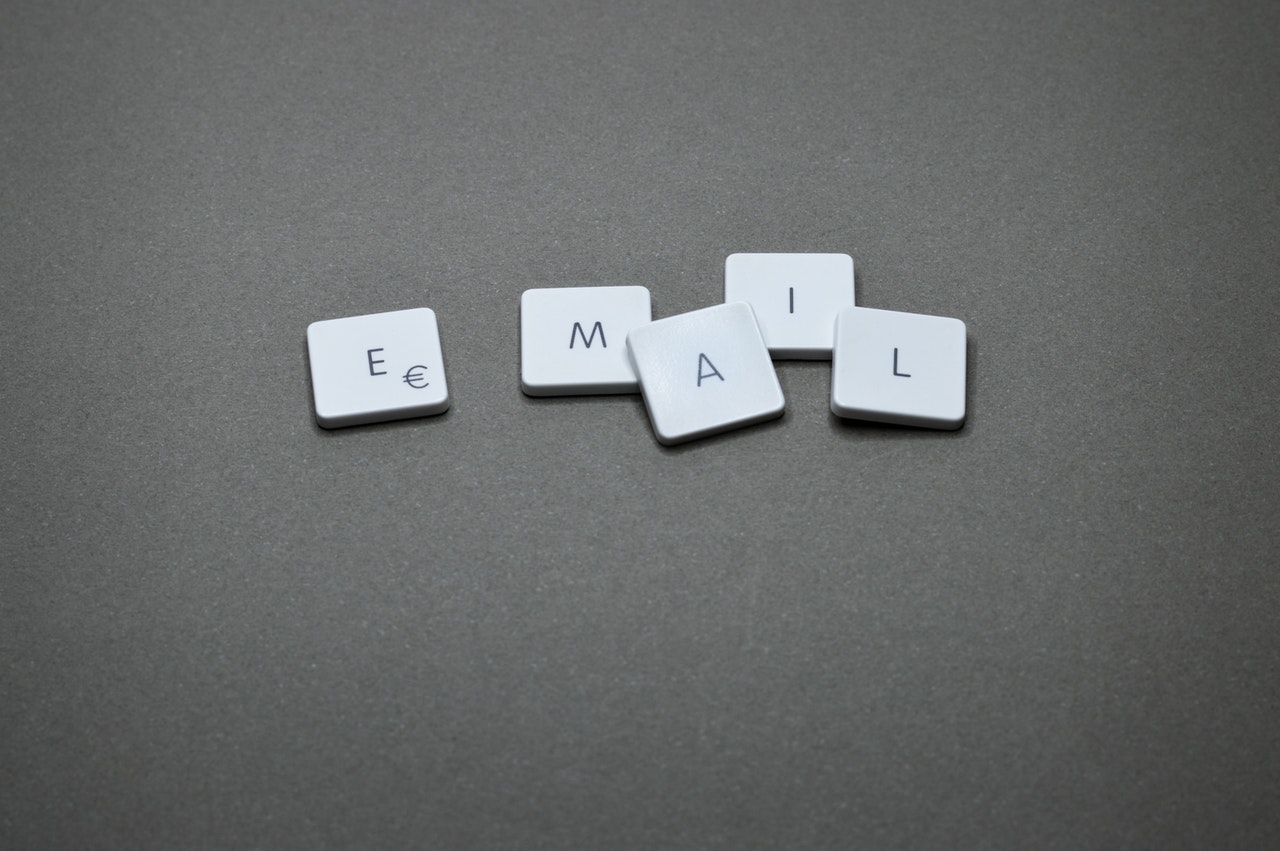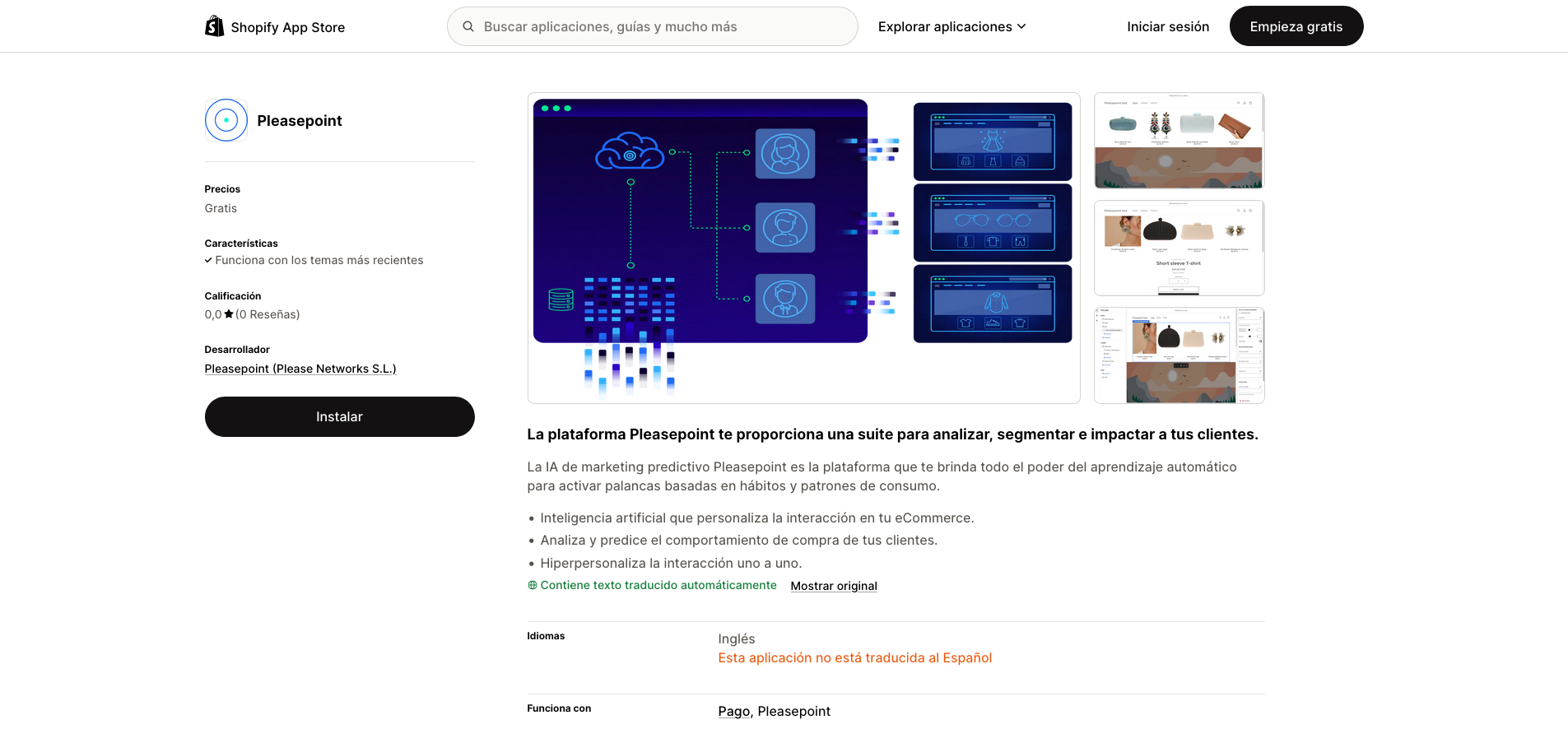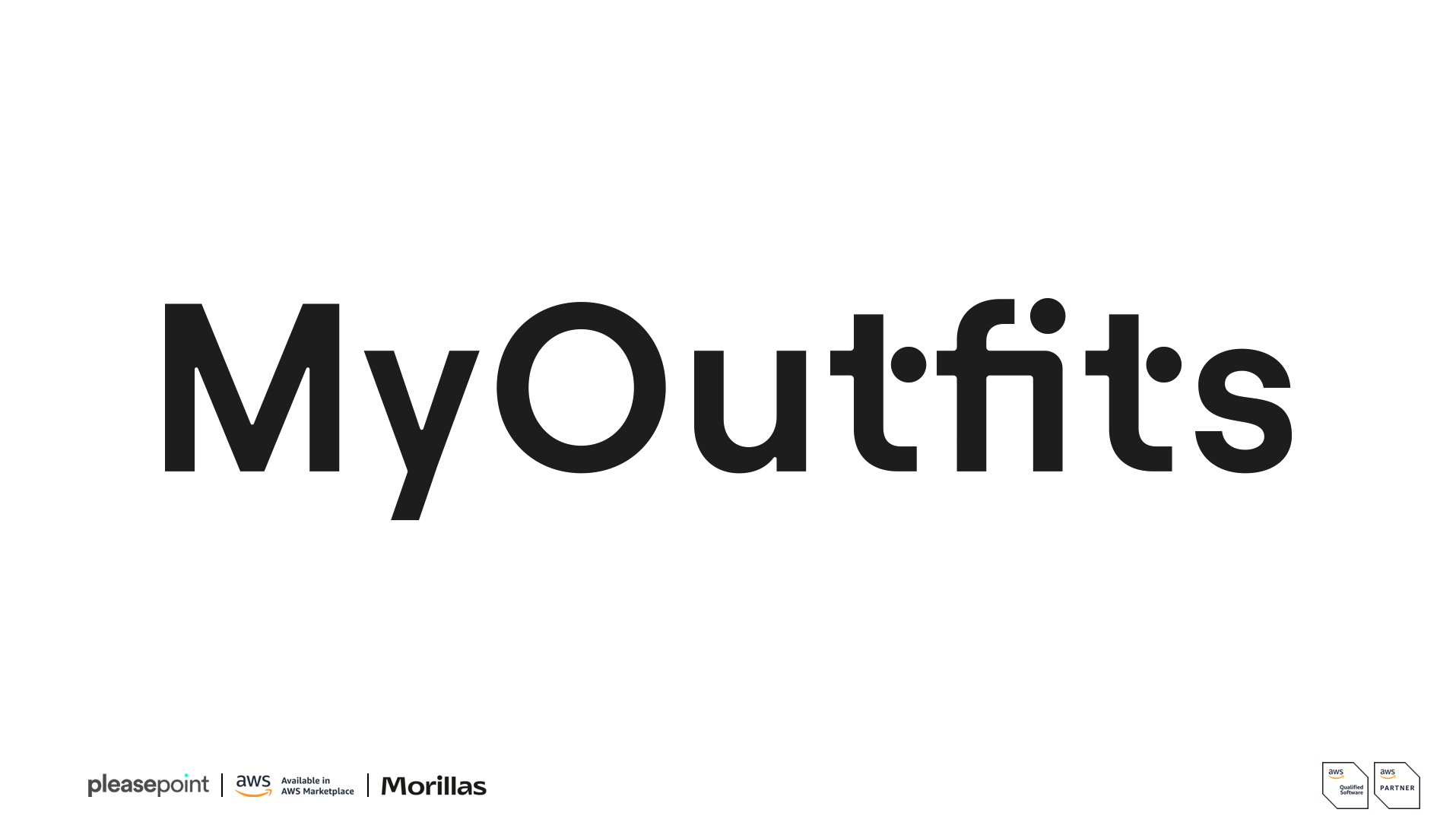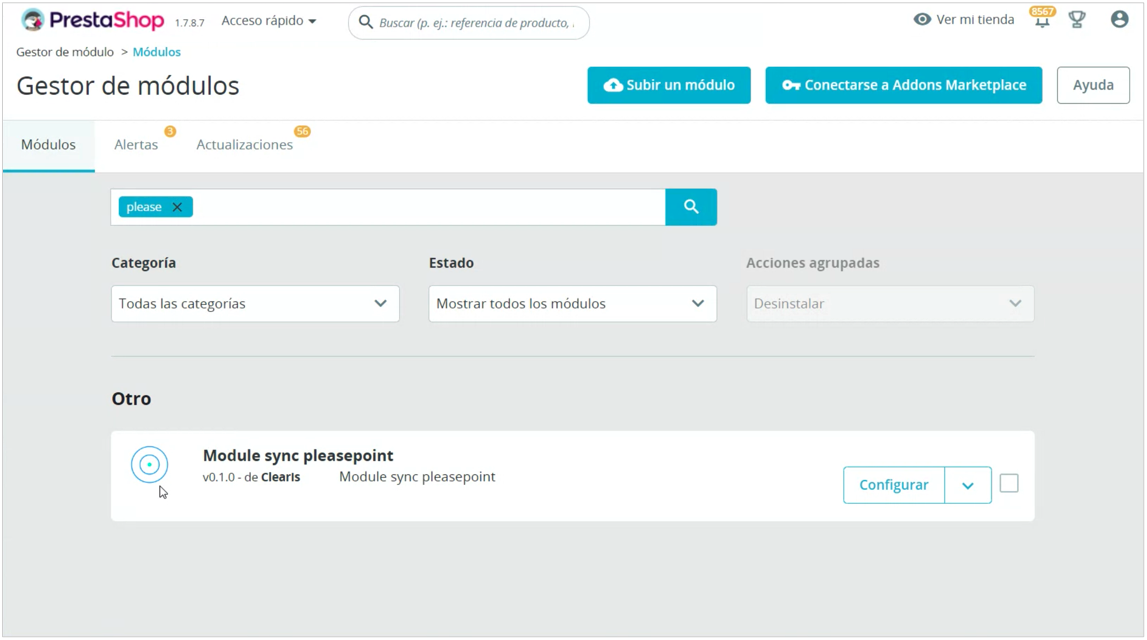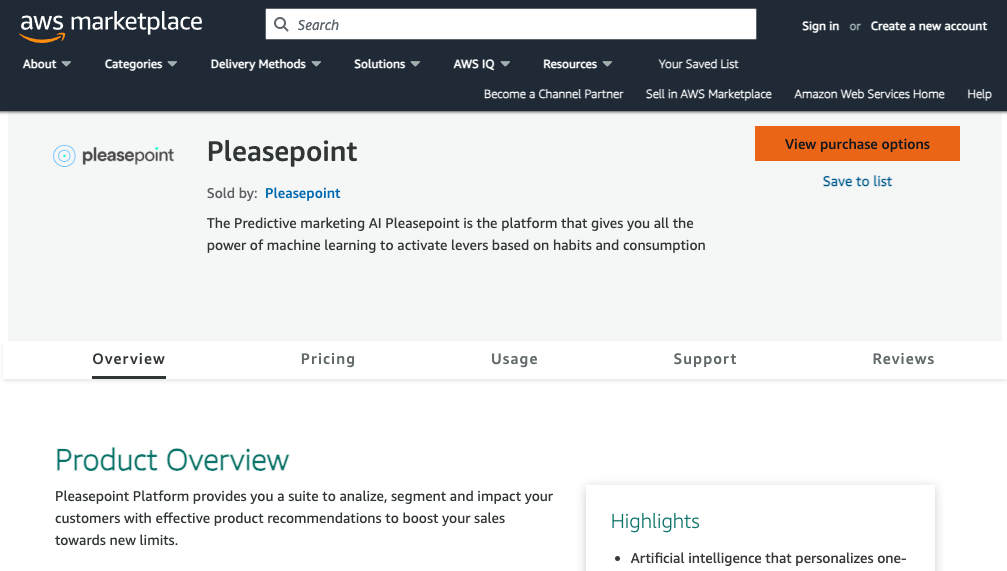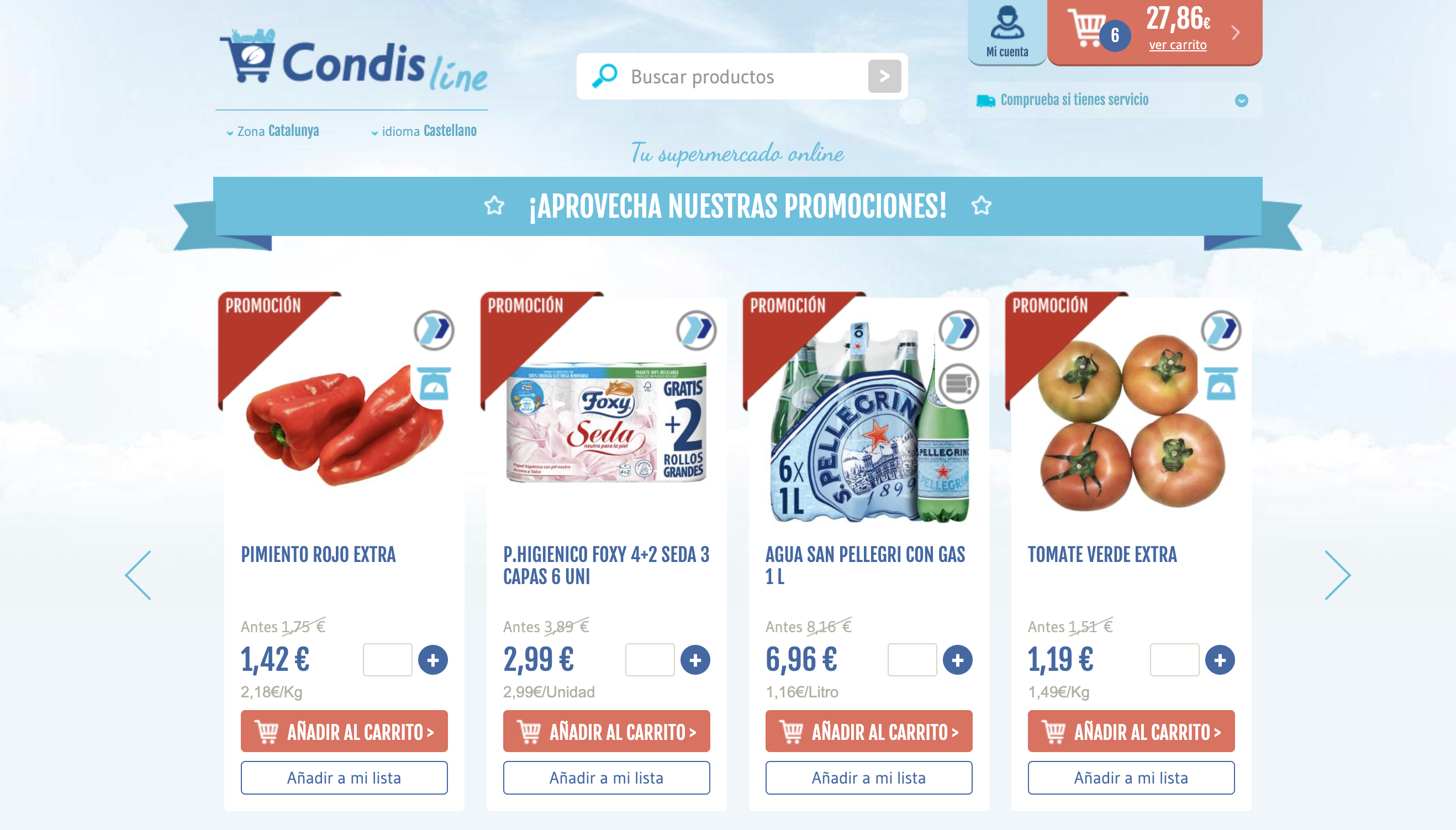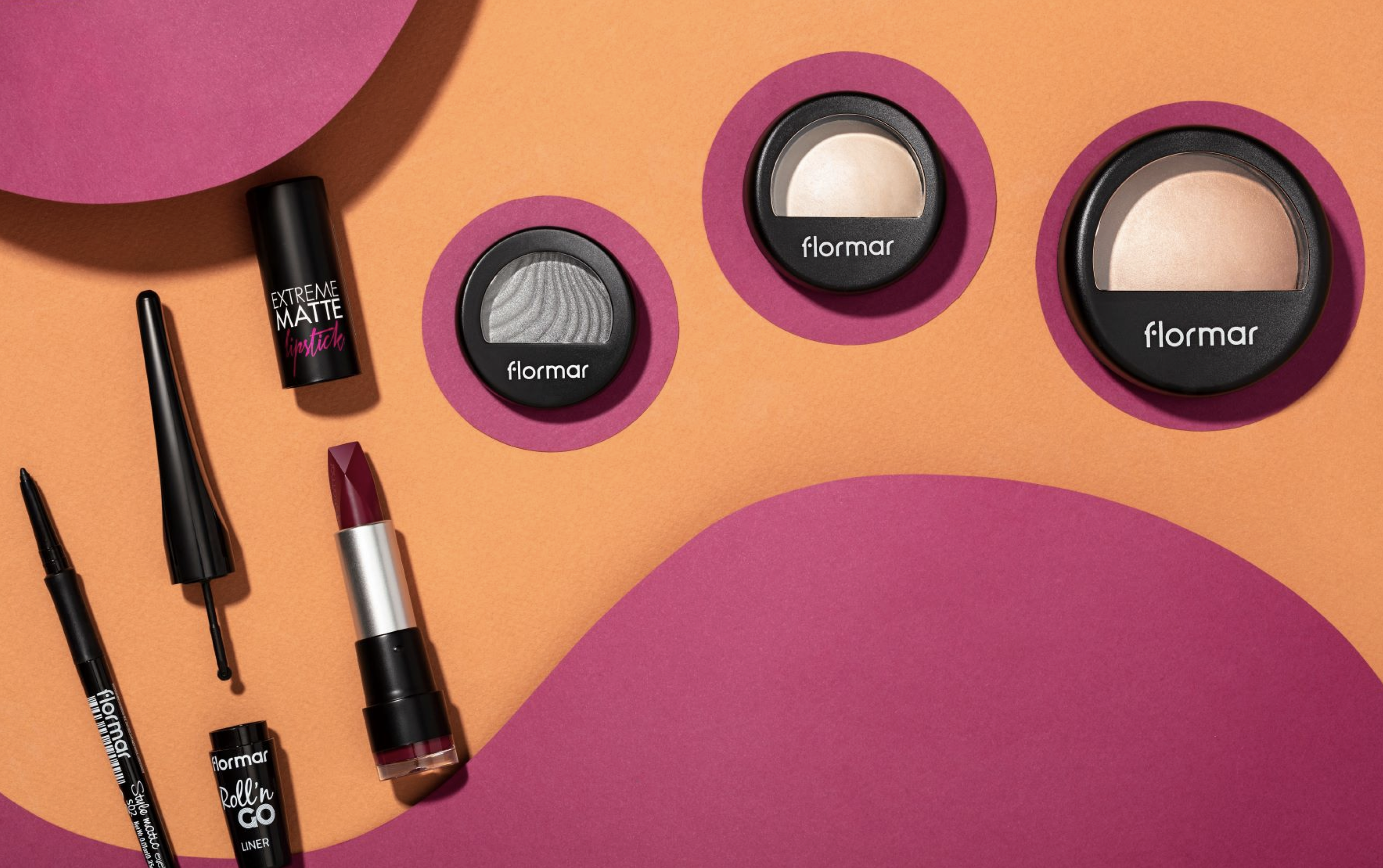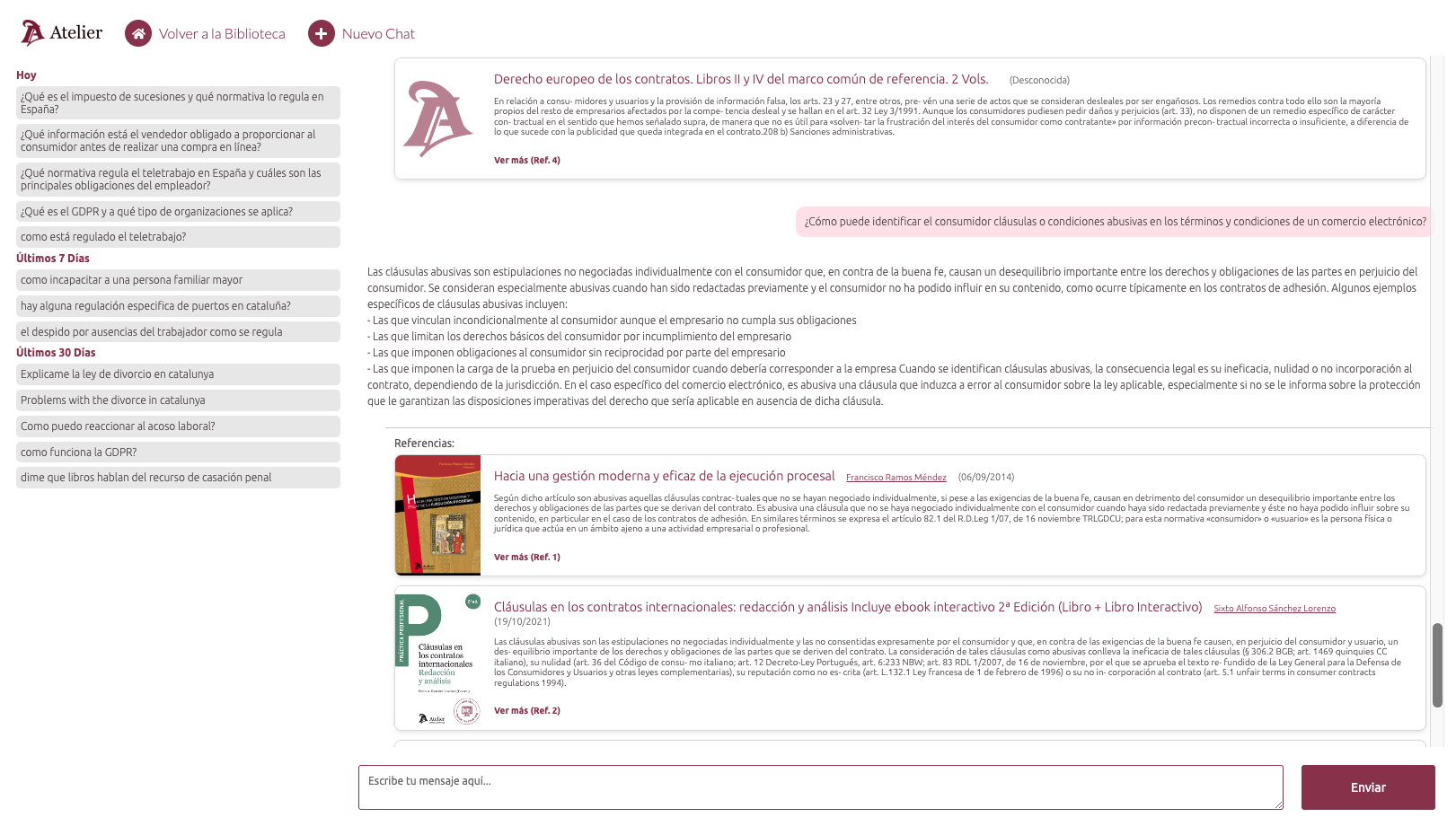How many emails should you send to your customers to maximize sales and minimize unsubscribes from your subscription list?
Finding the perfect frequency can seem tricky, but it’s essential for successful email marketing. Keep in mind that maximizing revenue is usually achieved by sending more emails, but this is also what causes customers to unsubscribe.
The answer to this question varies depending on the segment of customers you are dealing with.
We have customers who don’t mind receiving an email from us every day, but there are also those who rarely open our emails. The latter should not receive more than two emails a month.
What is the risk of a customer unsubscribing from our email list?
The loss of future revenue from not being able to send relevant promotions or offers by email to that customer. We need to find the middle ground that optimizes sales generated by email marketing campaigns and the lost future income from canceled subscriptions to email campaigns.
Find the optimal point to boost your sales without losing subscribers.
We understand that each customer is unique, and that includes their communication preferences.
That’s why the optimal frequency varies depending on the customer segment. Some customers won’t mind receiving your emails daily, while others prefer fewer emails to avoid feeling overwhelmed.
Our experience tells us that the best solution is to test.
But be careful—you need to create a good test strategy to reduce or increase email frequency. To have a good strategy, you need to test the frequency of communication by eliminating any other factors that could lead you to the wrong conclusions.
Let’s look at an incorrect example. Suppose you send two emails per week—one on Mondays with special offers and another on Thursdays with personalized product recommendations for each customer.
Now, you want to test the effect of reducing the sending frequency by 50% using a randomly selected test group. So, you decide to send only the Monday email for a month and then measure the customer reaction.
This test will not be valid. The main problem is that you are mixing three factors that will lead to confusing conclusions:
- You reduced the sending frequency by 50%. This is the factor you wanted to test.
- You only sent emails on Mondays, whereas you typically did so on Mondays and Thursdays. What effect did the day of the week have?
- You sent only one type of communication—special offers—and stopped personalized recommendations. What effect did the content type have?
Unfortunately, this test will be of no use.
How to test correctly?
Testing is key to discovering the ideal sending frequency.
However, it is essential to do it right. Remove any factors that could confuse the results and focus solely on the frequency of communication.
To do a correct test on the frequency of emails, we recommend using the unsubscribe rate and sales rate and measuring them over the entire testing period.
We define the sales rate as the percentage of customers from the test group who purchase during the test period. It’s better to work with percentages than the absolute value of sales amounts because the latter can include a lot of noise depending on products or promotions.
Analyzing the evolution of these two metrics will guide your decision to reduce the frequency.
We will conduct a frequency reduction test on email marketing campaigns on a control group of customers.
Following the previous example, we will send one email per week to these customers. So, one week we’ll send the Monday email with special offers, and the next week we’ll send the Thursday email with product recommendations.
The rest of the customer database will continue to receive two emails per week.
We won’t end the test until the control group has received at least 10 emails, ideally 15—you must be patient. After that, you can make decisions using the two metrics explained:
- If the unsubscribe rate hasn’t decreased, you can keep sending two emails per week.
- If the unsubscribe rate has decreased and the sales rate has remained stable, reducing the email sending frequency is a valid option. You’re maintaining short-term sales and increasing long-term sales due to higher customer retention.
- If the unsubscribe rate has decreased and the sales rate has also decreased, you need to calculate the future cost of losing subscribers long-term compared to the short-term sales you generate.
Making decisions based solely on the short term is often a mistake.
Fortunately, with these kinds of tests, you will often find that you can reduce email sending frequency by up to 50% without affecting short-term revenue.
Reducing sending frequency also has two secondary benefits: lower sending costs and a likely increase in email deliverability.
Optimizing results through segmentation.
Organizing a test like this takes time, and you might not have a large enough customer base, or you may simply want to decrease the unsubscribe rate without hurting short-term sales.
For this reason, we’re sharing our experience so you can improve your email marketing performance.
From now on, you will work with three customer segments:
- Newbies: During the first 60 days of subscription, they won’t receive normal communications. You’ll create an automated welcome email sequence. Newer customers are also the most likely to unsubscribe if they find emails irrelevant, so create an irresistible sequence.
- Ghosts and Dormant Customers: These are customers who don’t open your emails or never interact. You will reduce the sending frequency for these customers. For example, if you send two emails per week, you’ll send only two emails per month to this segment. Or, if you send more than three emails per week, you’ll send only one communication per week.
- Enthusiasts: These are customers who always open your emails and frequently click. Do you have the capacity to create more content? If so, you should send additional emails to this segment to increase sales among these customers.
This is an excellent strategy to:
- Increase retention of new subscribers to the email list.
- Maintain the sales rate generated by email marketing campaigns.
- Reduce the unsubscribe rate from the subscription list.
- Increase the purchase frequency among your most enthusiastic customers.
- Reactivate dormant customers with personalized strategies.
This strategy will allow you to increase new subscriber retention, maintain solid sales, reduce unsubscribe rates, and encourage purchase frequency among your most enthusiastic customers.
Download Our Free eBook! Learn more about implementing a segmented email marketing strategy with Predictive Marketing to increase retention and the Customer Lifetime Value of your customers.
